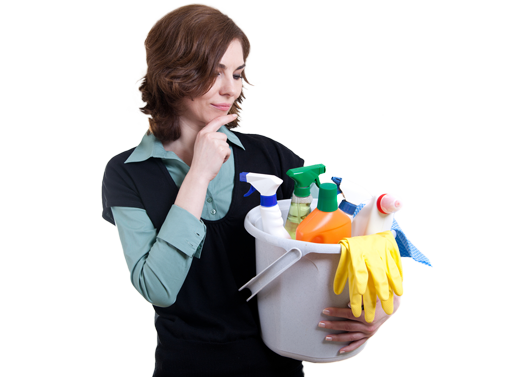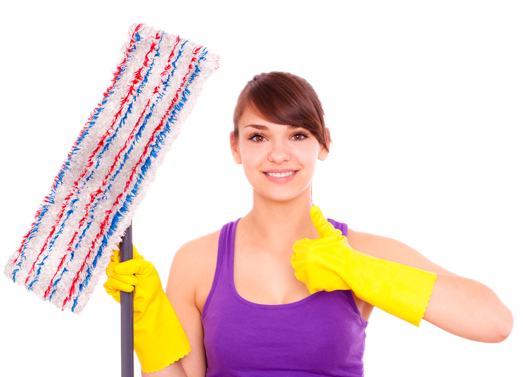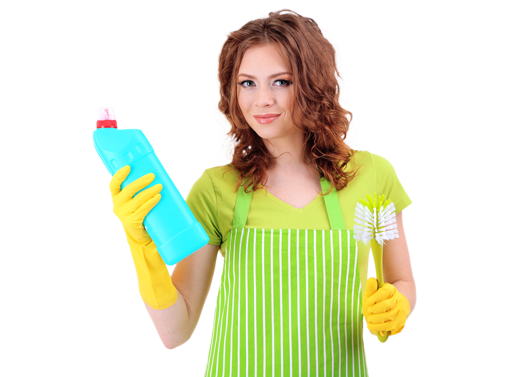Effective Techniques for Cleaning Your Jewelry
Posted on 03/07/2025
Effective Techniques for Cleaning Your Jewelry: A Comprehensive Guide
Jewelry is much more than just an accessory--it's a treasured extension of your personality, style, and often even your history. Whether you possess delicate gold chains, sparkling diamond rings, or vintage costume pieces, keeping your jewelry clean can extend its lifespan and enhance its brilliance. In this detailed guide, we'll cover the most effective techniques for cleaning your jewelry at home and tips to prevent dullness, tarnishing, and discoloration.
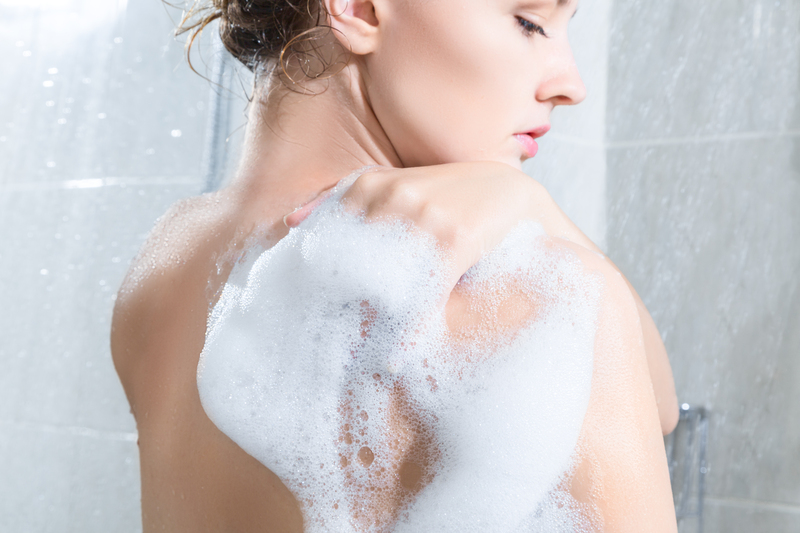
Why Is Jewelry Cleaning Essential?
Regular jewelry cleaning does more than just enhance the appearance of your favorite pieces. Over time, oils, lotions, sweat, and dirt can build up, impacting both the shine and integrity of your treasures. Proper cleaning not only restores the luster but can also prevent skin irritation and long-term damage, especially for pieces worn daily. Let's dig into the best ways to keep various types of jewelry spotless.
Before You Start: Things to Consider
- Identify Metal & Gemstones: Always check what material your jewelry is made of--gold, silver, platinum, diamonds, pearls, or costume metals.
- Check for Weakness: Inspect for loose stones or clasps. Cleaning can worsen existing issues.
- Know What Not to Use: Certain stones and metals, like opals and pearls, are porous and sensitive to harsh chemicals.
- Gather Proper Tools: Use soft toothbrushes, mild detergents, lint-free cloths, and non-abrasive bowls for safe cleaning.
Top Techniques for Cleaning Your Jewelry at Home
1. The Gentle Soap & Water Method
This is the most recommended and effective jewelry cleaning technique for gold, platinum, and precious gemstones.
- Materials Needed: Mild dish soap, warm water, a soft toothbrush, and a lint-free cloth.
- Mix a few drops of dish soap in a bowl of warm (not hot) water.
- Sit your jewelry in the solution for 15-20 minutes.
- Gently brush with the toothbrush, especially in crevices.
- Rinse under lukewarm water and pat dry with the cloth.
Tip: Always check that the drain is plugged or use a bowl when rinsing small pieces!
2. Baking Soda for Stubborn Spots
For a deep clean on silver jewelry, baking soda works wonders. It removes tarnish, revives shine, and is gentle when used correctly.
- Create a thick paste with 2 parts baking soda and 1 part water.
- Apply with your fingers or a soft brush. Rub gently to avoid scratching.
- Rinse thoroughly and buff dry with a clean cloth.
Note: Baking soda is not suitable for soft gemstones like opals or pearls.
3. Vinegar Soak for Tarnished Silver
A tried-and-true jewelry cleaning solution for heavily tarnished silver involves white vinegar:
- Place your piece in a bowl of white vinegar mixed with a tablespoon of baking soda.
- Let soak for 2-3 hours (for intricate or heavily tarnished items).
- Rinse and dry thoroughly.
Warning: Never use vinegar on pearls, emeralds, or other delicate/porous stones.
4. Aluminum Foil & Baking Soda Bath
For a chemical-free polish to restore silver jewelry:
- Line a bowl with aluminum foil, shiny side up.
- Place silver jewelry on the foil.
- Sprinkle with baking soda, then pour hot water over it until submerged.
- You'll see a reaction that lifts tarnish away.
- After 2-3 minutes, remove, rinse, and dry.
5. Ammonia Solution for Diamonds & Gold
Ammonia provides a sparkling "jeweler's clean" for diamonds and robust gold.
- Combine 1 part ammonia with 6 parts water in a glass bowl.
- Soak jewelry for 1 minute only. Overexposure can harm delicate settings.
- Brush, rinse, and dry gently.
Caution: Ammonia is not suitable for porous stones or antique jewelry.
6. Ultrasonic Cleaners
For a professional-level clean, ultrasonic jewelry cleaners use sound waves to dislodge debris. These are very effective, but:
- Safe for diamonds, gold, and platinum.
- Do not use with delicate stones like pearls, emeralds, amber, or costume jewelry.
- Always follow manufacturer instructions.
Specialized Jewelry Cleaning Tips for Different Materials
Caring for Gold Jewelry
- Use mild detergent and soft brushes.
- For scratches, use a polishing cloth meant for gold.
- Remove gold pieces before swimming; chlorine damages gold alloys.
Silver Jewelry Restoration
- Store in anti-tarnish pouches or cloths.
- When not wearing, keep away from direct sunlight and humidity.
- Regular light cleaning avoids heavy tarnishing.
Diamond and Gemstone Jewelry Cleaning
- Use warm, soapy water and gentle brushing for diamonds, sapphires, and rubies.
- Check prongs and settings before cleaning.
- For softer gems (felspars, opals, turquoise), wipe gently with a moist, lint-free cloth.
Pearl Jewelry
- Pearls should never be soaked. Use a damp, soft cloth after wear.
- Lay flat to dry before storing.
- Keep away from acids, perfumes, and direct heat.
Costume Jewelry
- Avoid getting wet; instead, wipe with a dry, soft cloth.
- If necessary, a lightly dampened (not wet) cloth can remove surface grime.
- Store in separate zip-top bags to prevent tangling and chipping.
Common Jewelry Cleaning Mistakes to Avoid
- Using bleach or harsh chemicals: Can erode metals and pit stones.
- Too much elbow grease: Scrubbing vigorously can scratch metal or loosen gems.
- Ignoring the setting: Prongs can loosen while cleaning, risking stone loss. Always check before and after.
- Not rinsing thoroughly: Soap or cleaner residue causes dullness and skin irritation.
- Mixing pieces: Cleaning many items together may cause scratching and tangling.
How Often Should You Clean Your Jewelry?
Frequency depends on how often you wear your jewelry and your personal care habits. For rings and daily-wear items, a light cleaning every 2-4 weeks is ideal. For special occasion pieces, inspect and clean before and after each wear. Always take extra care with antique or sentimental items, as repeated cleaning may weaken settings.
Tips for Keeping Jewelry Sparkling Between Cleanings
- Remove jewelry during household chores, swimming, or applying personal care products.
- Store properly: Use lined boxes or pouches to avoid scratching.
- Inspect regularly: Check for loose stones or bent settings and address issues promptly.
- Wipe down daily-use jewelry with a soft, dry cloth at the end of each day.
Pro Tip: Keep a small jewelry-cleaning kit in your drawer or travel case. Stock it with a soft brush, a cloth, and mini-sized soap or cleaner.
DIY vs. Professional Jewelry Cleaning: When to Seek Help
While home jewelry cleaning techniques are effective for general maintenance, there are times when professional help is essential:
- Antique and vintage pieces: Fragile settings and stones require expert handling.
- Severe tarnish or damage: Professionals can restore safely and re-plate metals if necessary.
- Complex or valuable gems: Some stones and metals may react unexpectedly with household products.
If you're ever unsure, consult a reputable jeweler before cleaning to avoid accidental harm.
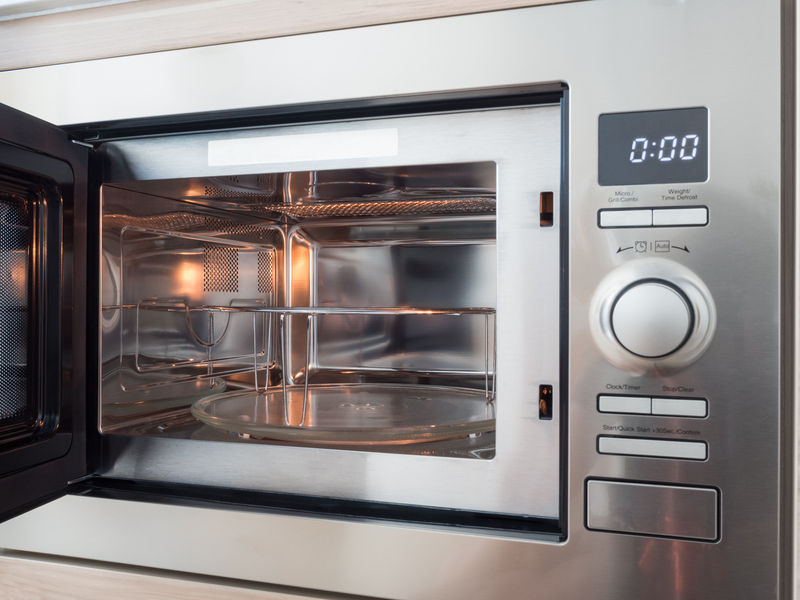
Frequently Asked Questions on Jewelry Cleaning
What is the safest way to clean most jewelry types?
For most metals and stones (except porous gems and pearls), soapy water and a soft brush is the gold standard. Avoid soaking unless you're sure the material can handle it.
Are commercial jewelry cleaners safe for everyday use?
Many over-the-counter solutions are safe if used as directed, but always read the label for compatibility and warnings.
Can toothpaste be used to clean jewelry?
No--most toothpastes are abrasive and can scratch metals and stones. Stick with gentle, non-gritty cleaning agents.
How do I make my own jewelry cleaning solution?
Mix mild dish soap with lukewarm water for a safe, gentle cleaning solution. For silver, a paste of baking soda and water is effective.
Conclusion: Shine Bright with Effective Jewelry Cleaning Techniques
Maintaining the beauty and longevity of your jewelry doesn't have to be a chore. With these effective techniques for cleaning your jewelry, you can ensure that every piece--whether a daily favorite or a special occasion treasure--remains as brilliant as when it first caught your eye.
Remember: Regular cleaning, proper storage, and gentle handling will keep your collection in pristine condition. For best results, tailor your cleaning process to the specific material and stone. When in doubt, always consult a professional. Now, bring back that sparkle and showcase your jewelry with pride!
- Clean jewelry regularly using appropriate, gentle methods.
- Avoid harsh chemicals and abrasive materials.
- Store in suitable, protective containers.
- Inspect for loose stones and signs of wear before cleaning.
By following these comprehensive recommendations, you'll keep your treasured items looking stunning for years to come with safe, effective jewelry cleaning techniques.


